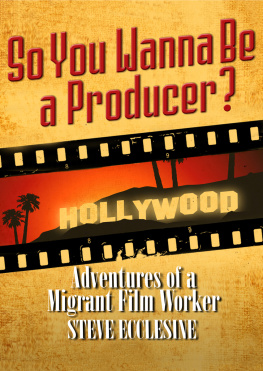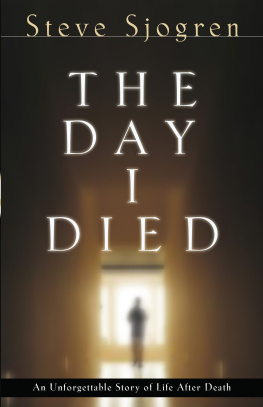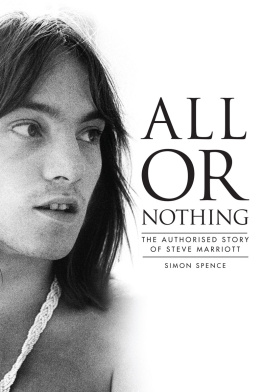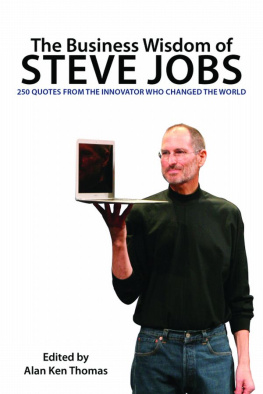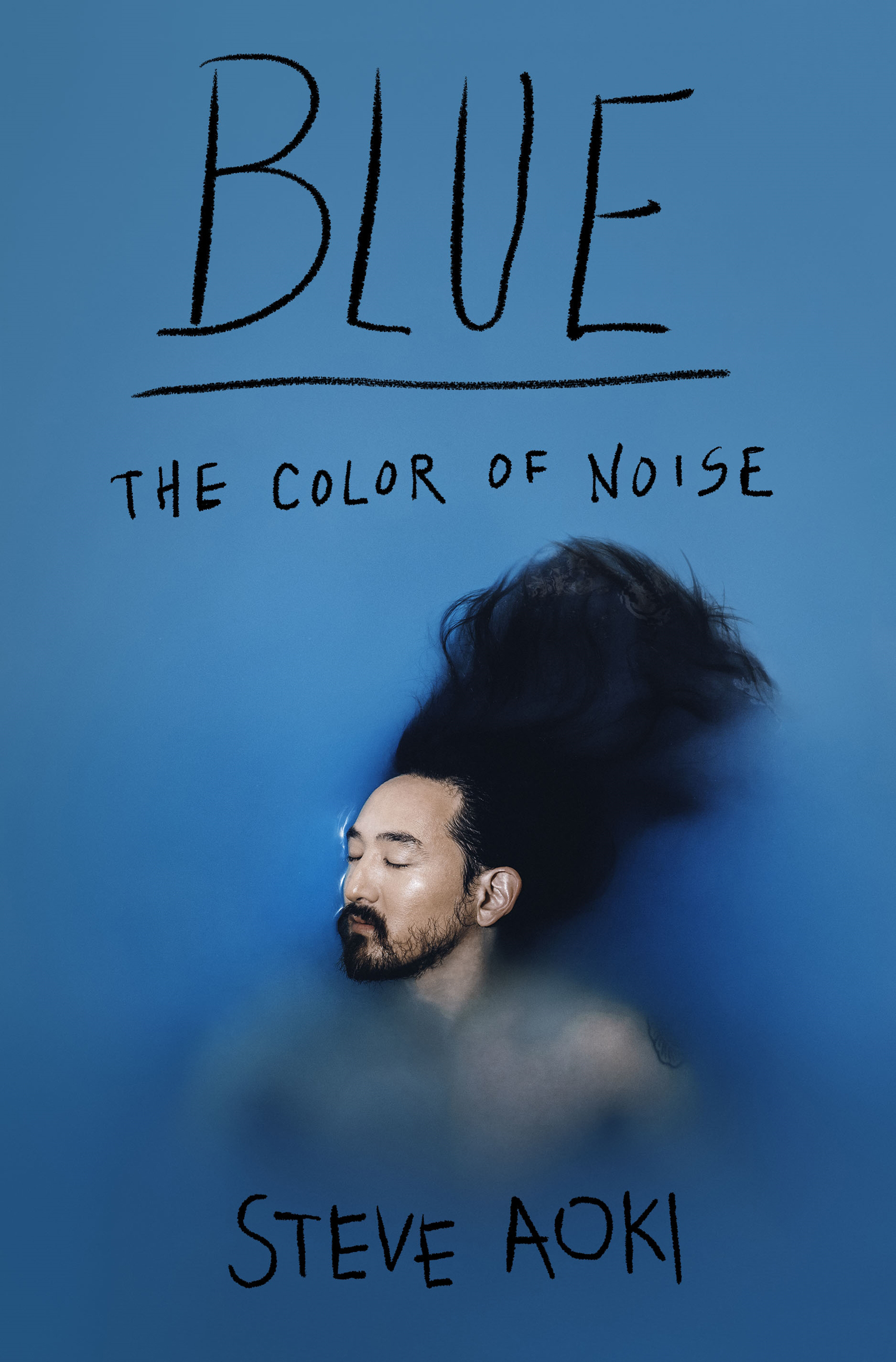The author and publisher have provided this e-book to you for your personal use only. You may not make this e-book publicly available in any way. Copyright infringement is against the law. If you believe the copy of this e-book you are reading infringes on the authors copyright, please notify the publisher at: us.macmillanusa.com/piracy.
Sometimes I think my whole life can be seen through shades of blue. The hope and promise of a clear blue sky. The vast expanse of the deep blue sea. The melancholy that clutches at my heart between the notes of an old blues tune.
The Dodger blue of my cap, when I was invited to throw out the first pitch at Dodger Stadium.
The glistening blue scales that reflect off a fresh piece of kohada when it catches the light in just the right way.
The sweet electric blue of the first-generation BMW i8the car of my dreams, which to me has always screamed elegance and excellence.
In some parts of the world, blue is the color of mourning. In others, it is an expression of love. In Japan, it represents strength and good fortune.
In our house, when I was growing up, it was the color of how things might have been.
All-time understatement: our house was way off the map of most peoples experiences. Way off the map of what people expect, when they hear pieces of my story. How I came into the world was a little unusual. Wouldnt change a beat, but it wasnt exactly a straight path to finding my way.
I was born in 1977. My parents were together, but only for the next little while. Oh, they loved each other, but not in the same ways. My mothers love for my father was unconditional it was at the core of who she was, very traditional in the Japanese sense. My fathers love for my mother was somewhat more ephemeral. If he was in the room with her, living in the same moment, it was a part of him as well. In a lot of ways, he was also traditionally Japaneseproud, devoted, respectful of the institution of family. But he was easily distracted, always looking for something shiny and new, and there were temptations all around. Still, it might have looked like all was right under our roof. On the surface, we were a successful, assimilated Asian family, living our version of the American dream. But underneath that one big happy veneer there was the blue of tension, disappointment, anger, sadness. There was love, absolutely, but it was mashed together with so many other emotions it wasnt always clear to me where I fit in the mix.
If I even fit at all.
Heres the deal: my father, Hiroaki Aoki, was a decade or so into a crazy-successful run as the founder of Benihana of Tokyo, one of the most crazy-successful restaurant chains of our time. For as long as I knew himhe died in 2008, when I was just tasting some crazy-success of my ownhe was riding high, hard. He was like the Richard Branson of his daydetermined to raise hell and to raise his profile in the bargain. He was as big as lifein my eyes, yes, but also to the world, where his reputation preceded him. And now, by extension, it creates a kind of first impression of me, too. Most people I meet, they find out I am Rocky Aokis son, they think they know what my childhood was like. They think they know me and my family. Maybe they do, in a way. Maybe theyve been to a Benihana, or maybe they remember reading about my fathers adventures. When I came around, he was opening new restaurants all over the world. Out of that, alongside of that, he lived in the half-light of celebrity. He made a bunch of money, spent a bunch of money. His comings and goings made headlines. He posed for pictures with his famous customers: Muhammad Ali, Mick Jagger, the Beatles. Eventually, some of that fame rubbed off on him. And it didnt just rub off, I dont think. He started living this big, wild lifelike the life hed set out to live could no longer contain him.
My mother, Chizuru Kobayashi, was more of a homebody. If my fathers personality was larger than life, hers was small enough to hold in your hand. She is the sweetest person I knowdevoted, selfless, cheerful. My father was cut another way. He was the most determined person I ever knewdriven, purposeful, gregarious.
I guess its true when they say opposites attract. Until they dont.
My parents had been childhood sweethearts back in Tokyo, but my father knew he was meant to live in America. Whatever life there was for him and my mother in Japan, it was not enoughnot big enough, not exciting enough not enough. For him. For my mother, it was all she knew, all she ever wanted. But my father wanted something more. Something else. He seemed to notice it the moment he set foot on American shores. His first visit to the United States was in 1959, with Japans national wrestling team. On that tour, he wrestled fourteen times in his weight class and won every match. The only time he lost was when he moved up a weight class and was beaten by a guy who later wrestled for the US Olympic team. That strong showing was enough to earn my father a spot on Japans 1960 Olympic team as an alternate. He traveled with the team to Rome, but he never got to wrestle. He was on the team, but only in this second-string wayand yet to hear him tell the story later, he was just happy for the thrill of the ride.

He was all about the thrill, my old man. Always. That was his thing. And in some ways, this particular thrill was a kind of placeholder for the thrills yet to come, because he was counting the days until he could return to the United States. He purchased his first car while in Romean Alfa Romeo, which he had shipped to New York. It was one of those impulse moves he liked to make. Looking back, its like his whole life was a string of impulse moves, one after another. Hed get an idea in his head and push it forward, without really thinking it through or talking it over with the other people in his lifelike, say, his parents, or his childhood sweetheart, or anyone else who might have been waiting on him back in Japan. He followed the car to New York immediately after the games, telling my mother that he would send for her once he was established.
My fathers plan after arriving in New York was to go to college on a wrestling scholarship. He had legit scholarship offers from several schools, but he was holding out for Cornell University. His parents ran a handful of teahouses back in Japan, and his dream was to open a restaurant of his own, and he thought an education at Cornells prestigious School of Hotel Administration would be his foundation. Trouble was, his English was lousy. He knew enough to get by, but not nearly enough to get by Cornells admissions officers.
He wound up sharing a crappy apartment on the Upper West Side of Manhattan with a young conductor named Seiji Ozawa, a family friend from back homeyeah, that Seiji Ozawa, who would go on to become one of the most famous conductors in the world, a true artist and visionary. In the early 1960s, though, he was just another Japanese kid like my father, chasing his version of the American dream, making his bones as an apprentice conductor with the New York Philharmonic. Years later, whenever Seiji Ozawas name would come up or wed see a poster for one of his performances with the Boston Symphony or some other renowned orchestra, my father would tell us his music used to drive him crazy.



